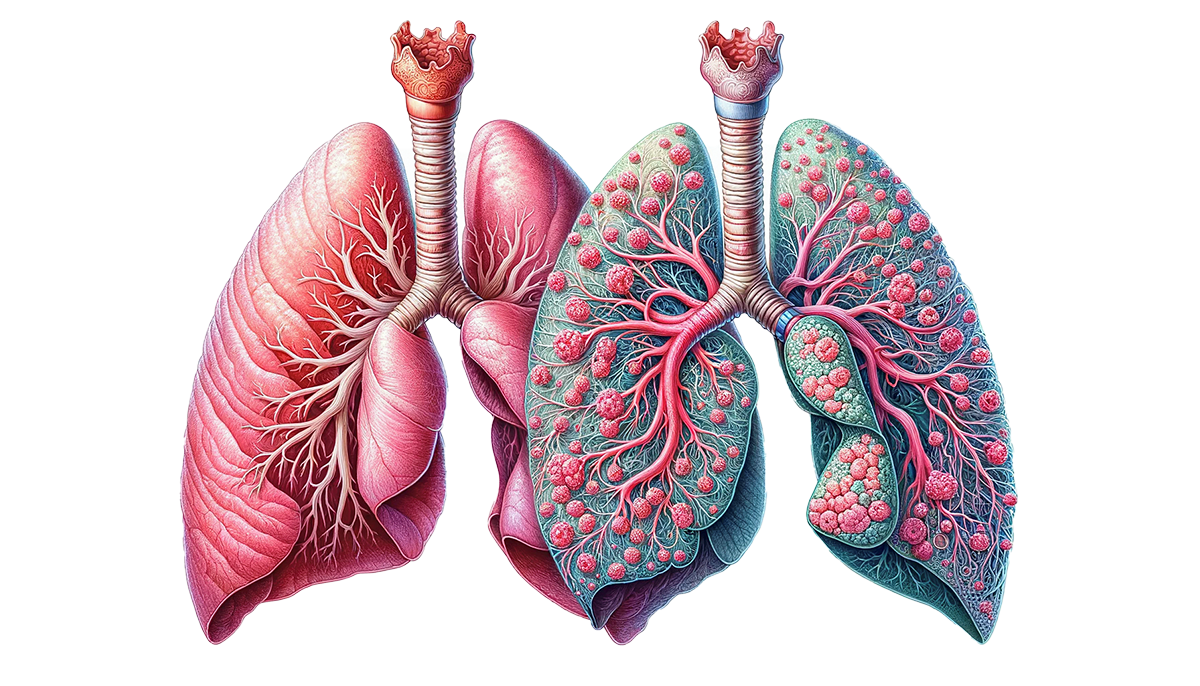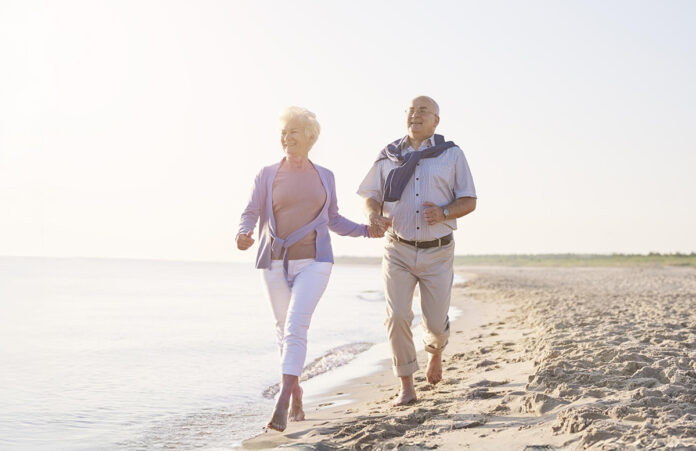Nurturing well-being and longevity
It’s an indisputable fact – we all must breathe to live! What’s more, the significance of breathing often becomes more pronounced as we age. Indeed, breathing transcends its basic biological function and becomes a cornerstone of well-being, vitality, and longevity.
This month, I delve into breathing for seniors i.e. exploring the physiological impact, its role in maintaining physical and mental health, and strategies to optimise respiratory wellness in later years.
The way we breathe can hold the key to a longer, healthier life yet, surprisingly, 95% of people worldwide aren’t aware of this fact.
Ancient wisdom tells us that every breath taken is not just a moment in time, but a precious, finite resource. For example, dogs breathe at a rate of 27 to 28 breaths per minute and live for 10 to 12 human years?
We humans take 14 to 15 breaths per minute and may enjoy a life-span of 80 to 100 years – quite good until we consider the tortoise, which breathes only five to six times in one minute and can live for 500 to 600 years!
Although we breathe constantly, most of us have no idea as to how to take in the maximum amount of oxygen with every breath. Pretty incredible when our first action at birth is to take our first breath and, as life ends, we take our last breath! In between, when done properly, the way we breathe can increase our life span.
There are many reasons why it’s important to breathe correctly. Primarily, it’s an integral part of physical and mental well-being – changing one’s breathing rate can change one’s state of mind.
That’s why, for thousands of years, those who have studied and practised yoga experience a direct link between breathing and state of mind, which in turn is responsible for our emotions. (More in a future column.)
How ageing affects the physiology of breathing
Whilst seemingly automatic, breathing can undergo subtle yet significant changes as we age. Depending on lifestyle and other factors, the respiratory muscles may weaken, lung elasticity diminish, and the efficiency of gas exchange decline.
These physiological changes can contribute to many respiratory challenges, including decreased lung capacity, reduced oxygen intake and heightened susceptibility to respiratory illnesses.
Inhale and exhale: understanding lung function
Proper breathing is good for one’s health yet most people have no idea when they’re breathing incorrectly! So, take a deep breath, as deep as comfortably possible, and observe what happens. The waist/stomach contracts, the chest expands and the shoulders are raised.
Most people breathe in this way but that is incorrect! Breathing with the chest and shoulders results in shallow breathing and doesn’t allow for full lung expansion. It also puts strain and stress on shoulder and neck muscles.

Conversely, during exhalation, the diaphragm and intercostal muscles relax, allowing the thoracic cavity to return to its resting position. As the thoracic cavity contracts, the air pressure within the lungs increases, forcing air out of the airways and expelling carbon dioxide from the body.
This rhythmic cycle of inhalation and exhalation – aka respiration – sustains life by supplying oxygen to tissues and organs while removing carbon dioxide, a process essential for cellular function and metabolic balance.
Nurturing physical health
Optimal breathing is foundational to physical health, particularly for seniors. Adequate oxygenation of tissues and organs is essential for cellular function, energy production, and tissue repair. Moreover, efficient respiration supports cardiovascular health by enhancing circulation and lowering the risk of cardiovascular diseases such as hypertension and stroke.
Regular physical activity, including exercises targeting respiratory muscles such as diaphragmatic breathing, can bolster lung function, promote respiratory efficiency and aid digestion.
Additionally, maintaining proper posture, staying hydrated, and avoiding environmental pollutants are pivotal in supporting respiratory health among older adults.
However, it is also important that individuals with certain medical conditions should approach these practices with caution and should consult a healthcare provider to ensure breathing exercises are safe and appropriate for their specific circumstances. Do this before embarking on new breathing routines.
A breathing exercise
One breathing exercise, ‘breath of life’, aims to let the body release its accumulated stress and ease into a state of relaxation. With shorter breaths, the mind can fill with stress and negativity but when breathing becomes balanced and regular, the mind calms and our emotions express positively.
The ‘breath of life’ exercise
Sit in a comfortable position with hands on thighs, palms downwards. Inhale and exhale through the nostrils and be mindful of your breathing. Take a deep breath and let the stomach push out, exhale and empty the lungs entirely. Repeat for 2-3 minutes until you are calm and in a mentally quiet state.
Next, inhale and count internally 1, 2, hold and count 1, 2; exhale counting 1,2,3. Repeat the sequence 3-5 times. Return to normal breathing for 2-3 minutes and say several times internally to yourself, “I am deeply relaxed.” If possible, stay seated or lie in a relaxed posture for a few minutes before carrying on with your day.
Ideally, be gentle and move forward slowly with breathing practices. More is not better. Practised daily you will notice the results. When we are relaxed, mental chatter and stressful states are reduced. The mind is usually calmer, and therefore better aware of surrounding beauty and harmony.
Cultivating respiratory resilience
Adopting a holistic approach to respiratory health involves integrating such lifestyle practices as:
- Regular Exercise: Engage in activities which promote cardiovascular fitness and respiratory strength, such as brisk walking, swimming, and yoga.
- Mindful Breathing: Incorporate deep breathing exercises and mindfulness techniques into daily routines to promote relaxation and stress reduction.
- Healthy Diet: Eat a balanced diet rich in nutrients which support respiratory health – fruits, vegetables, lean proteins, and omega-3 fatty acids.
- Hydration: Maintain adequate hydration to support mucous membrane function and facilitate optimal respiratory function.
- Stop Smoking: If applicable, prioritise smoking cessation to reduce the risk of respiratory diseases and enhance lung health.
- Regular Check-ups: Book regular check-ups with healthcare providers to monitor respiratory function, address concerns, and receive suitable interventions if needed.
By nurturing respiratory health through mindful practices, regular exercise, and holistic lifestyle choices, seniors can cultivate resilience, enhance longevity, and embrace life with renewed vigour and vitality. Cherish each breath as a precious gift.
Linda would appreciate your feedback and experiences as you practise the ‘Breath of Life’ exercise. Contact her at: linda_c@orcon.net.nz
RELATED: A peace meditation

